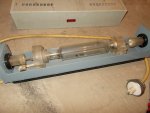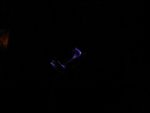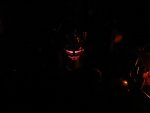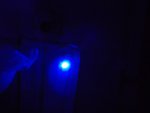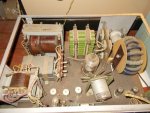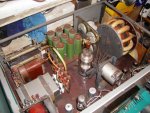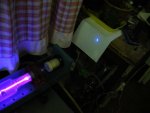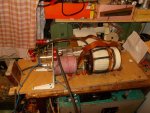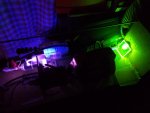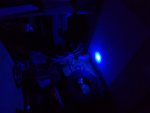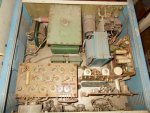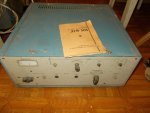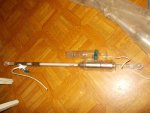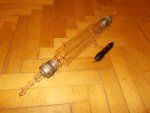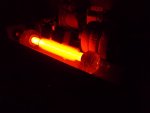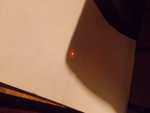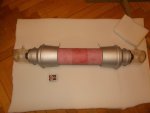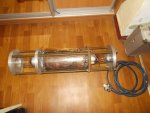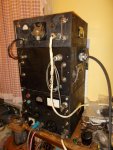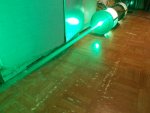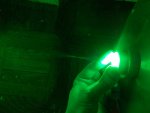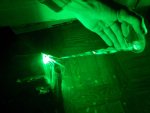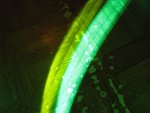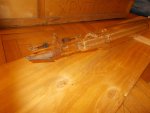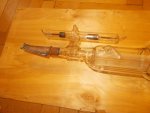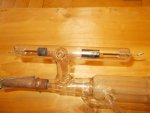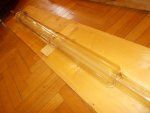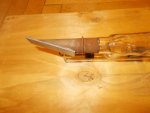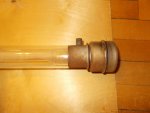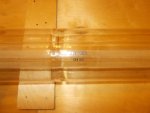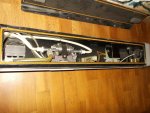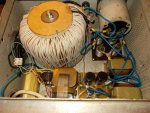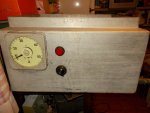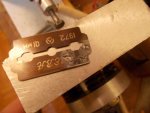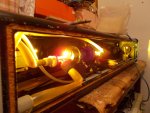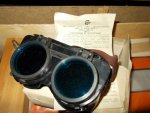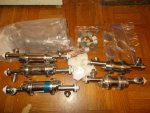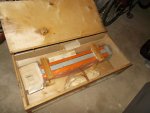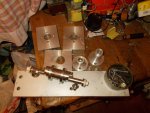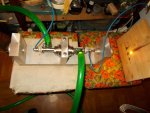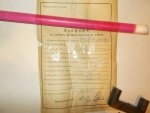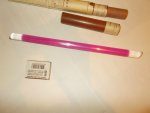- Joined
- Dec 4, 2016
- Messages
- 197
- Points
- 43
Odd!
Oh, yes, it is very strange. On Sam's laser FAQ It is said that such voltage drop occurs when argon pressure is toooo high. I even don't know wether this head will lase for significant time.
Ok, I'll continue to post new photos of my lasers.
9)
LGI-21 Nitrogen laser. 3-5 mW of average power, 337.1 nm wavelength. Pulse power is correspondantely 3-5 kW with 10 ns duration, pulse repetition frequency can be up to 100 Hz. This is a very good example of a low pressure longitudinally excited (LE) nitrogen lasers. It is very simple and it is the first type of lasers I learnt to refurbish. One more interesting fact -- LE N2 lasers are very popular in the states of former USSR, but I don't see any made by foreign manufacturers. All N2 lasers I see in the Net or on e-bay are transversely excited. Nitrogen in this lasers gradually dies out with operation, but refurbishment is as simple as can be -- just open up the "nipple" through which the tube was vacuumed to let air in, pump it to 10-15 Torr and seal it back. Surrounding room air works very well in this laser, output power is only 20-25% lower than with pure N2. Maybe I'll start a separate topic where I'll tell in details about the process with detailed photos.
A separate pair of words I'd like to tell about the power suppky. It is very simple by design too -- A couple of doorknob capacitors is charged from a HVDC source through a bunch of resistors an then discharged on the primary winding of a big toroidal transformer through a hydrogen thyratron. Not even a Blumlein circuit. Thyratron is triggered with the help of a small circuit with two vacuum tubes.
On the photos there are different lasers of this model. The last two photos show the thyratron glow and corona on the output transformer, the pulsed voltage is 50 kV there.
Attachments
Last edited:


